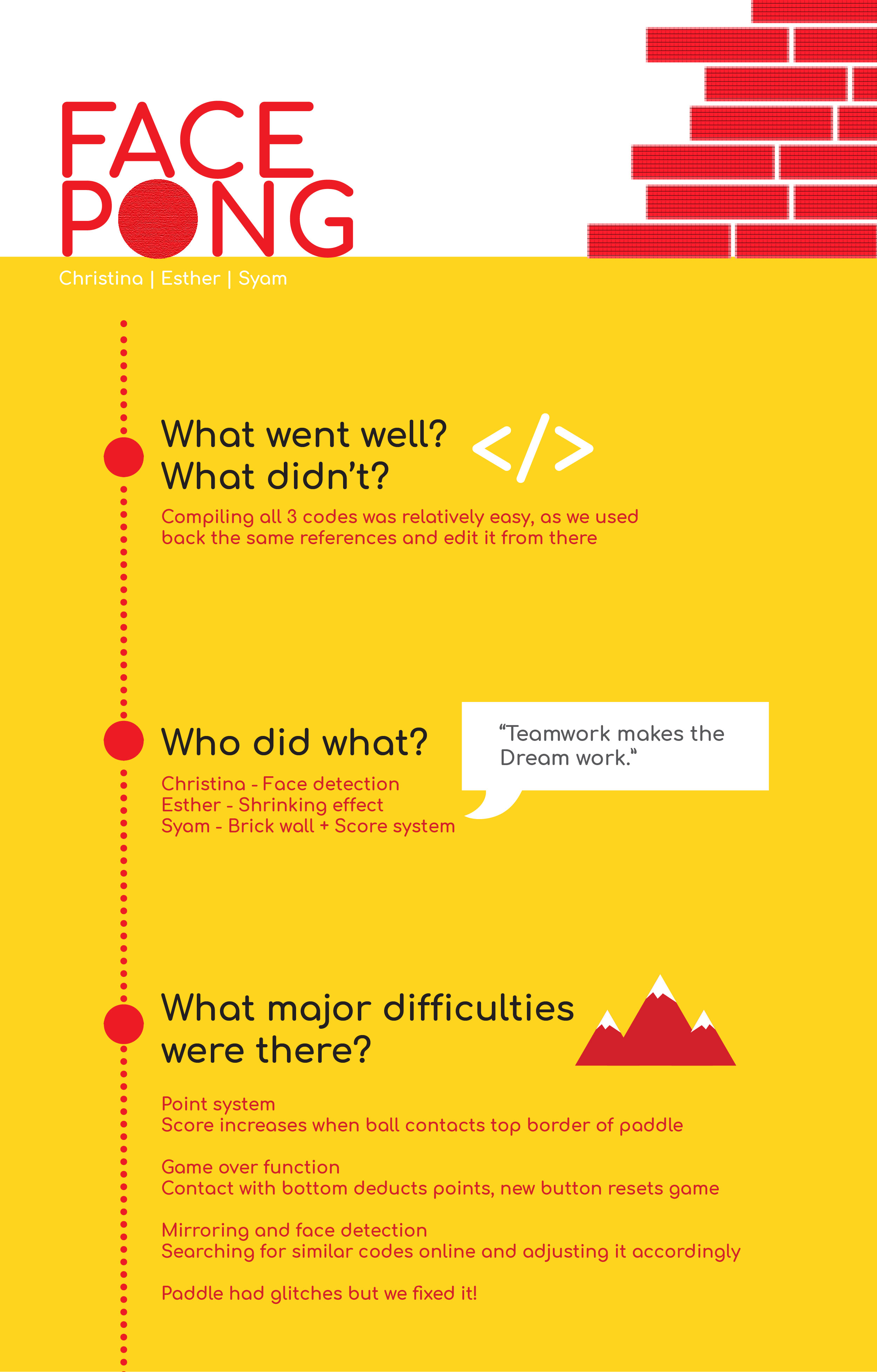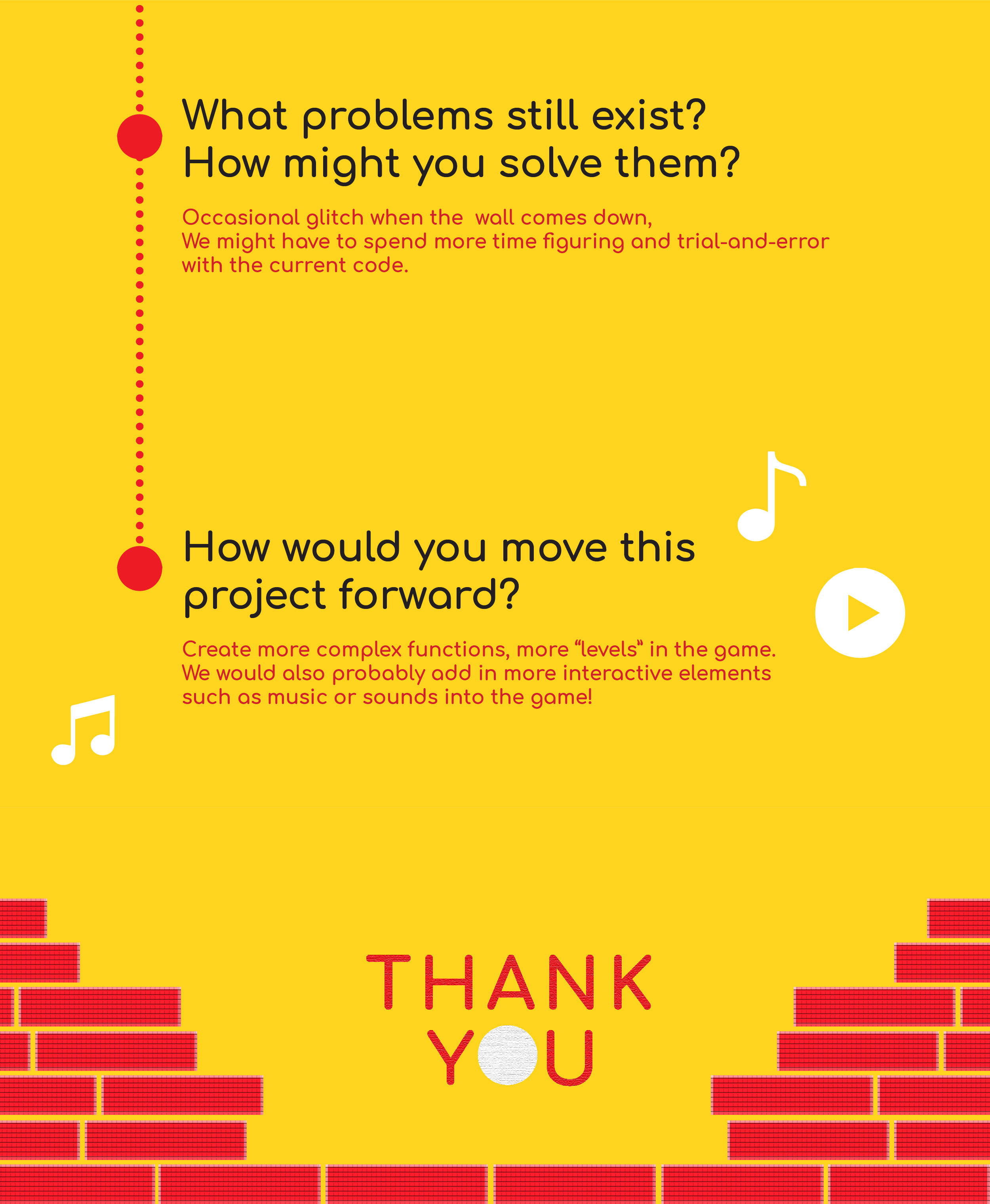The term sousveillance derives from the word “surveillance”, where “sur“ means above while “sous” means “below”. Putting it together, the word basically means to see from eye-level, no longer from the “eye in the sky” perspective which is from the lampposts and ceilings. In a way, surveillance is used by people with authority on different occasions such as a museum security, police car, or even a taxi driver, but with sousveillance, it gives the power to the people. The normal average people. Whoever that has a camera or a recording device with them would be considered as sousveillance. So this time, the museum visitor can record whats happening in the museum. The civilian car could record a road incident.
Now that anyone can record anyone or anything, there is the issue of interfering with the privacy of others. It would be really rude if one records someone else without his or her permission. It is an invasion of privacy. However, with this aside, it is still useful in ways to get different perspectives of the same situation. For example, someone could use sousveillance to prove that a person of authority is misusing power. Someone could even get different perspectives on an incident such as a road accident, on angles that maybe surveillance could not reach.
In conclusion, there is the positive and negative side of sousveillance. But as compared to surveillance, sousveillance has given the power to the average citizen which could be useful in certain situations.





